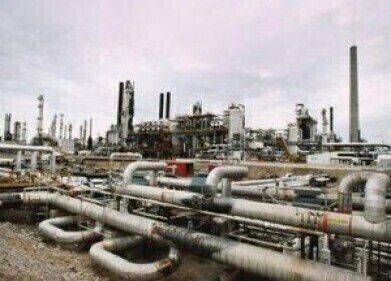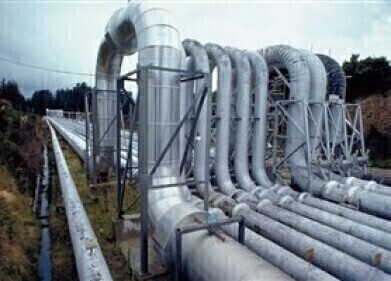Methanol Fuel
Is CO2-to-methanol fuel a form of carbon capture?
Oct 24 2023
The escalating threat of climate change has spurred extensive research into carbon capture, utilization, and storage (CCUS) strategies. A pivotal area of innovation is the conversion of carbon dioxide (CO2) into valuable products, including the synthesis of methanol, a versatile alcohol used as fuel and in chemical industries. This approach, known as CO2-to-methanol, has attracted considerable attention for its potential dual benefit: reducing greenhouse gas concentrations and providing a sustainable fuel source. However, there is an ongoing debate about whether this technology can be considered a form of carbon capture in its true essence.
CO2-to-methanol involves capturing carbon emissions before they enter the atmosphere, particularly from industrial sources like power plants or directly from the air via direct air capture technologies. The captured CO2 is then hydrogenated – reacted with hydrogen – to produce methanol. Critically, the effectiveness of this process as a carbon capture strategy hinges on the source of hydrogen used for the hydrogenation process. The green method requires renewable hydrogen, typically produced through water electrolysis using renewable energy sources. This ensures the overall process contributes to a decrease in net carbon emissions.
The type of CO2 used in methanol production is crucial. Ideally, this involves utilizing emissions that would have otherwise been released into the atmosphere, turning potential pollutants into valuable resources. By diverting CO2 from the atmosphere or before it's emitted, the process contributes to lowering the net greenhouse gas concentration, a principal goal of carbon capture initiatives. However, it's vital to ensure that the CO2 used doesn't come from additional carbon-emitting sources, as this would negate the environmental benefits.
To ascertain whether CO2-to-methanol qualifies as carbon capture, it's essential to dissect what constitutes a carbon capture process. Traditional carbon capture methods involve collecting carbon dioxide and either utilizing it to create byproducts or storing it underground. The primary purpose is to prevent CO2 emissions from reaching the atmosphere. In the case of CO2-to-methanol, the captured carbon is not only prevented from entering the atmosphere but also repurposed into a useful product, methanol.
Furthermore, when renewable hydrogen is used, the carbon footprint associated with the hydrogenation process is significantly reduced. If the energy used in the hydrogen production and the CO2 conversion processes comes from renewable sources, the method results in low-carbon methanol production. This aspect is crucial because it underscores the sustainability of the process, aligning it more closely with the goals of carbon capture and storage (CCS) strategies.
However, a counterargument is that the carbon captured in the methanol is eventually released back into the atmosphere when the methanol is used as a fuel. This point is valid if we consider carbon capture in a traditional sense, where the captured CO2 is meant to be sequestered long-term. But this perspective might be limiting when evaluating the benefits of CO2-to-methanol technology.
The broader impact of the CO2-to-methanol process lies in its potential to create a circular carbon economy. This concept emphasizes recycling CO2 emissions as much as possible, within a closed-loop system, encouraging a more sustainable use of carbon. From this standpoint, CO2-to-methanol can be seen as an integral part of carbon capture and utilization (CCU) strategies, contributing to a reduction in net emissions by displacing the demand for fossil-based methanol production and associated global CO2 emissions.
So, is CO2-to-methanol a form of carbon capture? The answer leans towards yes when acknowledging the nuances of modern carbon management strategies. While it does not permanently sequester carbon, it embodies the principles of a circular carbon economy, capturing CO2 emissions for productive use, thereby potentially reducing the overall carbon intensity in various sectors. The critical factor ensuring its effectiveness is the use of renewable energy sources throughout the process, particularly in hydrogen production for CO2 hydrogenation.
As global emphasis on climate strategies evolves, definitions and standards will also progress. The CO2-to-methanol process highlights the need for a holistic view of carbon management, one that embraces innovative solutions for a sustainable, low-carbon future.
Digital Edition
PIN 25.3 June/July
June 2024
Analytical Instrumentation - Recent Advances In Various Bench Scale Accelerated Oxidative Testing Methods For Fuels - Petrochemical Industry: Anton Paar Solutions Streamline Processes, Reduce H...
View all digital editions
Events
Jul 30 2024 Jakarta, Indonesia
Jul 30 2024 Jakarta, Indonesia
China Energy Summit & Exhibition
Jul 31 2024 Beijing, China
Jul 31 2024 Chengdu, China
Aug 05 2024 Moon Township, PA, USA



















